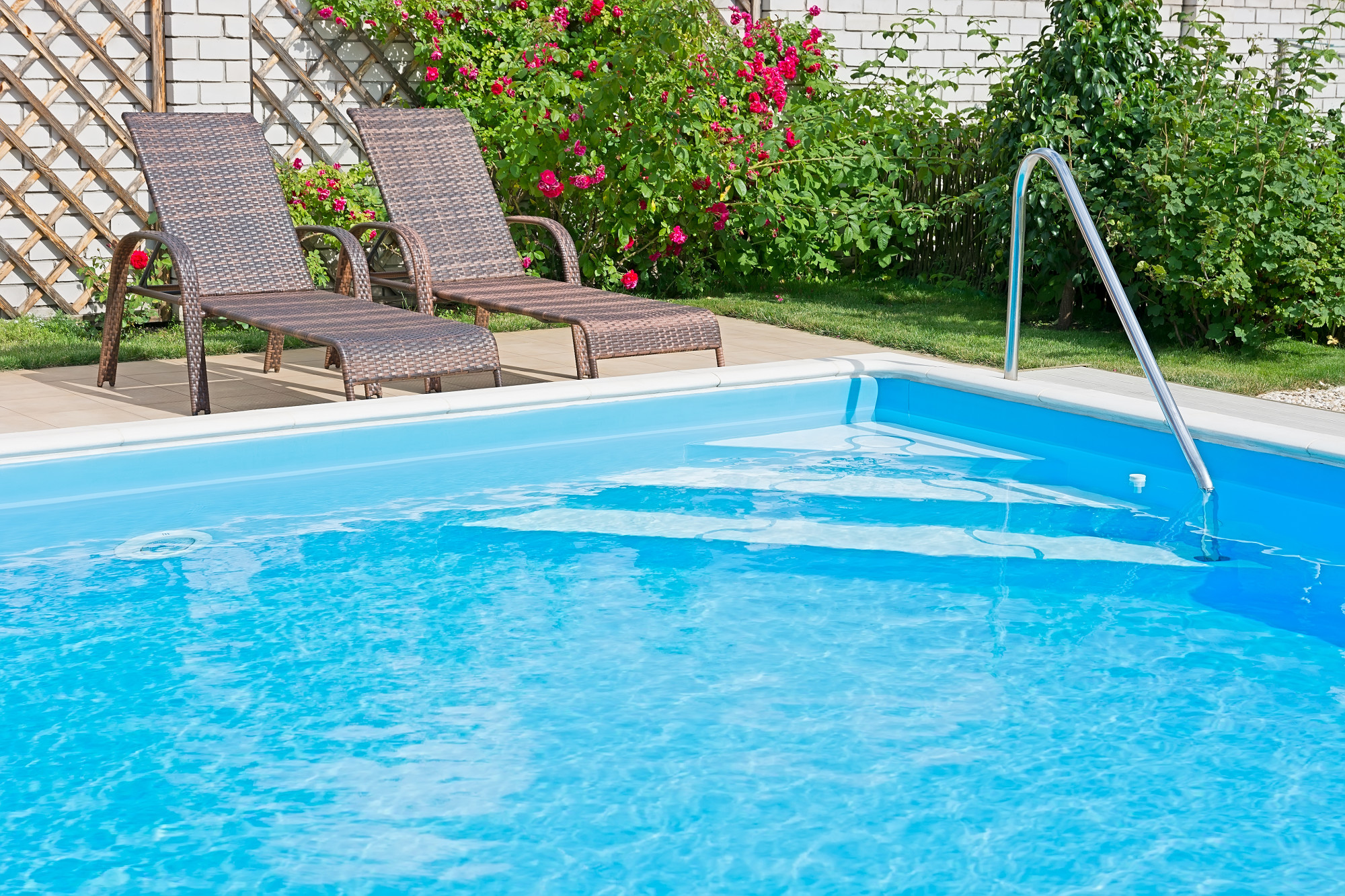There are 10.4 million residential swimming pools in the United States. Swimming is one of the most enjoyable outdoor activities for children and adults alike.
But the cost of inground pools prevents many homeowners from installing a pool in their backyard.
Read on to learn how to save money for a pool you and your family can enjoy for decades to come.
Save Money in a Pool Bank Account
Inground swimming pools are a hefty investment. Just like any other major home renovation, it will take time and dedication to amass the funds for the project.
The best way you can work towards this goal is to set up a bank account that is just for saving for your inground pool costs.
As a family, think about what expenses you could cut back on to go into the pool account. You might have subscriptions or memberships you don’t use. Or you could take local vacations instead of ones that are further away and cost more.
Your sacrifice will be worth the hours and hours of enjoyment you’ll get out of your backyard pool.
Also, once your pool installation is complete, you can keep this pool account for ongoing pool maintenance and future repairs.
Maybe You Don’t Need the Heater… Yet
Putting in an inground swimming pool is pricey. But you can reduce your total cost by saving some additions for later years.
For example, the heater is something that you can add down the road. Plus, waiting to add a heater will let you truly understand how much you need a heater and what kind would work best for you.
You might be surprised that with a solar blanket and some sunny days, your pool is quite refreshing without a heater.
Delaying adding a heater can save you several thousand dollars initially. Then after a season or two, you can add the ideal type of heater for your inground pool.
Opt for a Simple Patio
Often, a huge portion of the inground pool cost is the patio. In fact, this could be the most expensive part of your pool installation.
You can get your pool that much sooner if you choose to go for a simple patio for now. You could always add a fancy, extended patio later on if you really want it.
A basic concrete patio of just 3 feet is enough. Then, down the line, you can add pavers that will blend well with your concrete. Plus, pavers offer you tons of options and versatility.
Don’t Go Deep
Many people don’t realize that inground pool prices largely depend on the depth of the pool.
Take some time to really think about what you would use the pool for. Most people use it for their kids to swim and play in. And when they have friends and family over for a BBQ.
In both of these cases, you don’t really need a deep end. A 10-foot deep pool will cost you big bucks compared to a leisure pool that has a 5 or 6-foot deep end.
Unless you have a competitive diver at home, you are probably better off without much of a deep end.
Not only will you get more use out of the shallow end, but people also won’t have to squeeze into one small section of the pool for a game of water volleyball.
And don’t forget, the smaller the pool, the easier and less expensive it is to maintain.
Keeping your inground pool dimensions modest will save you a lot of money.
Plumb for the Extra Feature
Just as you should consider adding in the heater in the future, you can add slides, diving boards, and waterfalls later. But, you need to make sure you get the plumbing done for these items during the pool’s construction.
Much of the costs of pools comes from the extras. Just a slide will be upwards of $2000.
Maybe it’s your dream to have a rocky water feature that cascades into the edge of the pool. Plan and design it, now. But save up for it.
It’s better to have a pool you can afford now and add the fancy extras later than it is to wait years and years for the pool of your dreams.
Now, here are ways you can save on owning a pool once it’s installed in your backyard.
Save Money on Maintenance
Once your pool installation is complete, there are things you can do to reduce the operating and repair costs of pool ownership.
For one thing, once you have a heater, keep the temperature down. Even lowering the heat by one degree can save you 10% in fuel costs for a gas heater.
Get in the habit of running your pump and filter at off-peak times.
Keep your pool cover clean in winter by regularly brushing off debris and dirt. This will extend the life of your cover.
Also, set a pool care schedule and stick to it. Doing regular maintenance on your pool is less costly than having to fix issues once they’ve gone unattended. Also, buy your pool chemicals in bulk (and ideally before the summer season).
This will save you money and ensure you have the right supplies on hand to take care of your pool.
Final Thoughts on Inground Pools
Thanks for reading! Now you have some practical tips on how to save for a pool.
Though it takes some effort to save for inground pools, they are so worth it.
Review these 10 benefits of owning a swimming pool.




